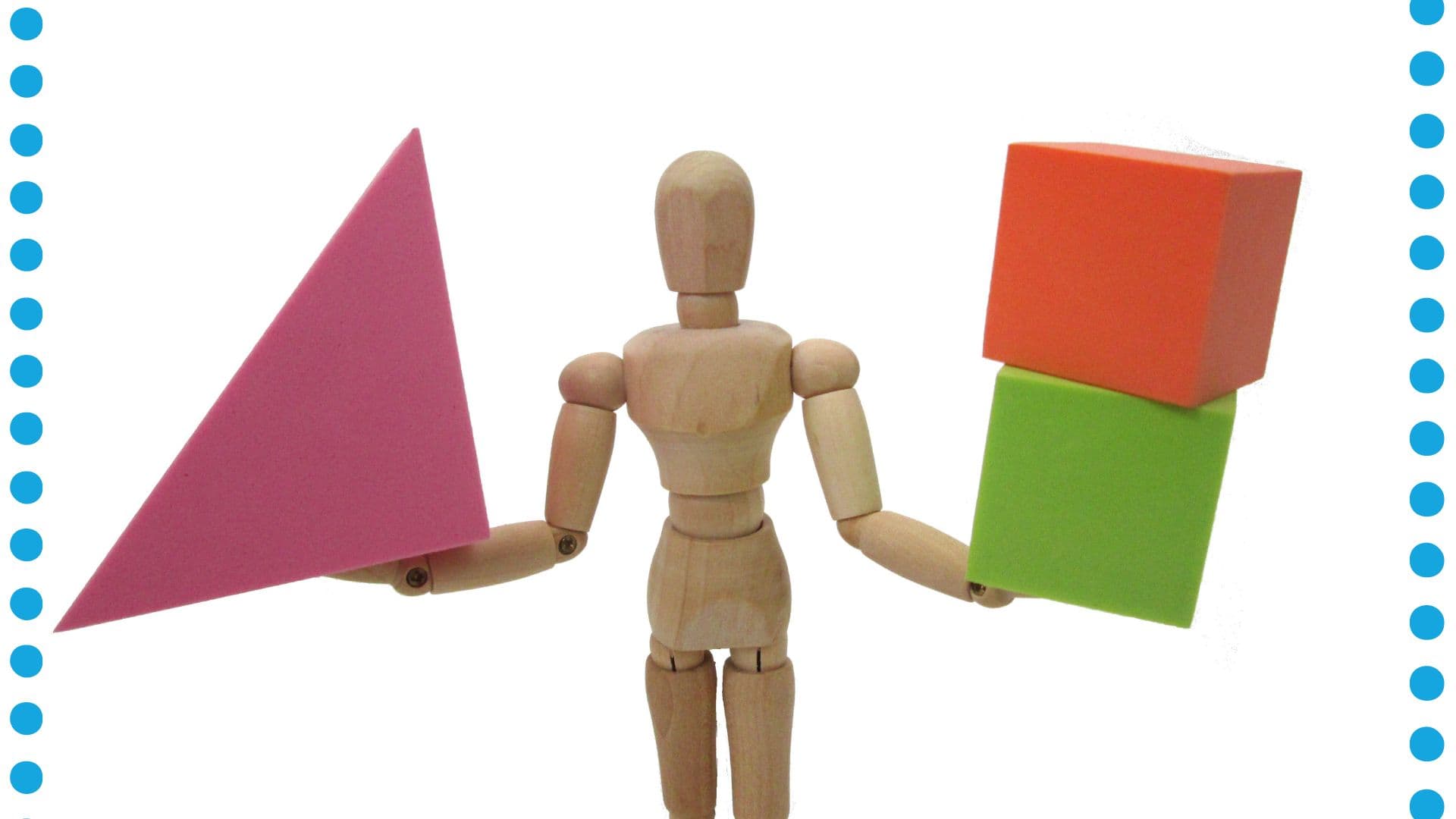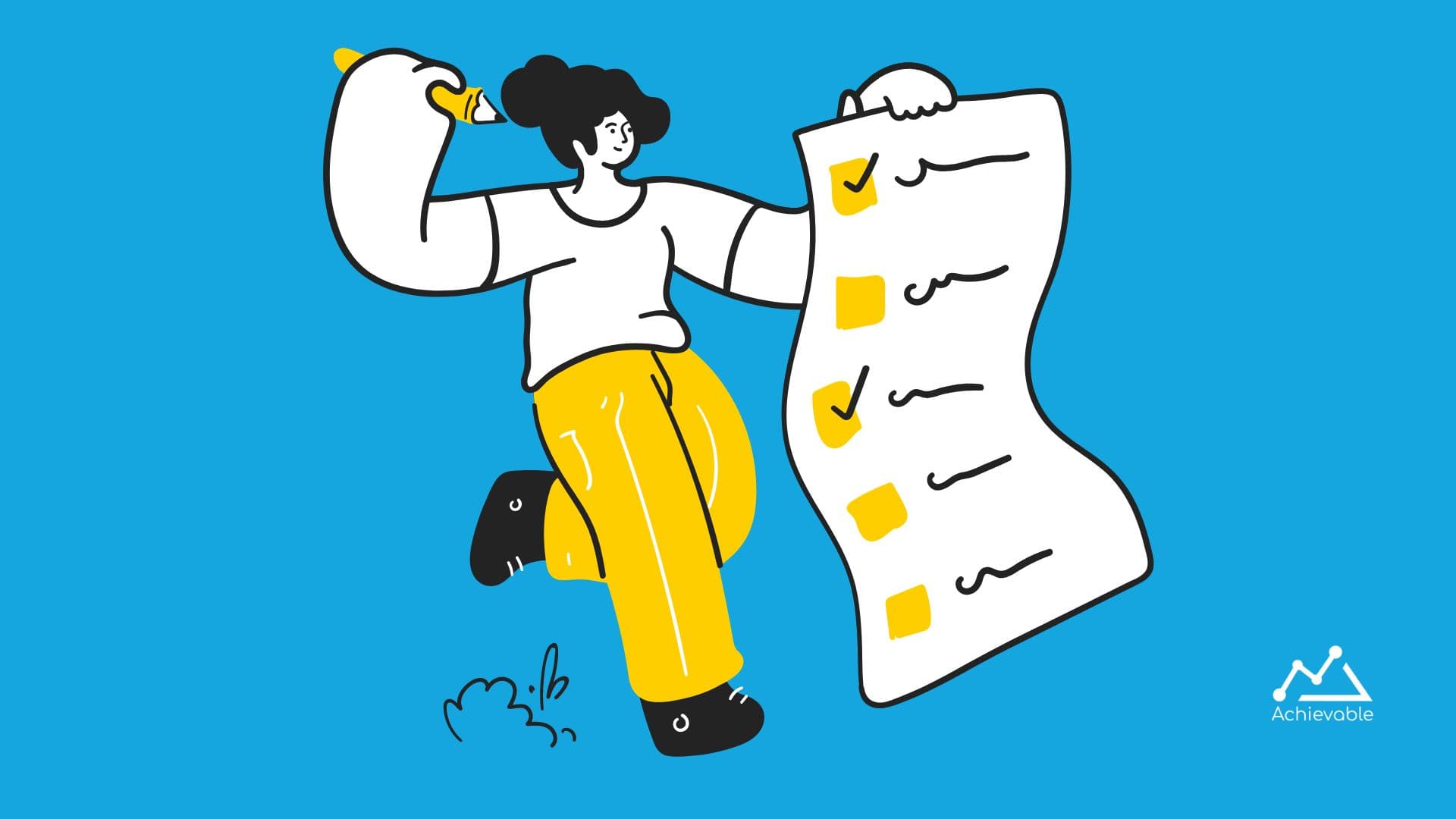
In this video, Achievable GRE course author Matt Roy explains how to plug in numbers to a quant comparison question to quickly find an answer.
Try this quantitative comparison problem yourself in our GRE prep course.
If you’re looking for a comprehensive course that will help you reach your target GRE score in less time, try Achievable’s GRE exam prep course. Our GRE course includes a full textbook, videos on key topics, tons of GRE questions backed by our memory-enhancing algorithm, built-in study-planner, machine-learning essay grader, and 10+ full-length practice exams.
00:00:03 This next quant comparison question can be most easily tackled by just picking numbers for. So we have a list and the list is comprised of X X ^2 X to the third power and X to the 4th power. Now the range between the Max and min of said list is 253 and 1297. It also says that X. 00:00:29 Must be a integer greater than 0, so that tells us that X to the 4th power is guaranteed to be greater than X as long as X is not one. So quantity B is five. That's probably the best place to start, because if we can prove that five is possible, then we automatically have a scenario where quantity A is equal to quantity B. 00:00:59 If we can prove that five is too large, then we should pick numbers that are smaller to prove that in any case, quantity B is greater. So let's start off with five. If we plug in five for X, obviously the min is still 5, and then the maximum would just be X to the 4th power. You don't even have to care about X ^2 and X to the third power, so X to the 4th power, given that X being is five is 625. 00:01:29 So the range between the min and Max would just be 620. Now that is between the range of the minimum and maximum values of the range. So. So that is a possible value of Quan DA. So let's plug in a couple other numbers to test if X could be larger or could be smaller. Now let's try the next possible value for X that's greater than 5. 00:01:59 So that we don't accidentally skip a value that still could work. And then we we somehow still believe that anything greater than five would not work. So let's do the next number. The next number would be 6 and 6 to the 4th power is 1296. And naturally the range between the min and the Max, that would be 1290. So that is within our range. 00:02:27 So we know that quantity A could be 5 or 6 now. So actually we could be done at this point because we've we've proven 2 conflicting scenarios. So you could keep going though if you wanted. Let's just let's just talk about four. If you plug in four, the 4th power of four is 256 and the minimum which is before and the range would become. 00:02:55 252, so that's actually below the range. So if you went down first, you would actually stop there and then move up after that because we've proven that basically X can only be five or six. So the final answer is D.

How we rethought GRE test prep for the 2020s to be more effective and take less time than other GRE prep courses.

Introducing Achievable GRE, GRE test prep made for the 2020s. Unlimited GRE quant problems, memory tracking, and more.

From business schools to STEM courses, the GRE has been a staple and a non-negotiable requirement for many graduate schools. However, standardized testing has come under fire recently. Is it time for a GRExit?